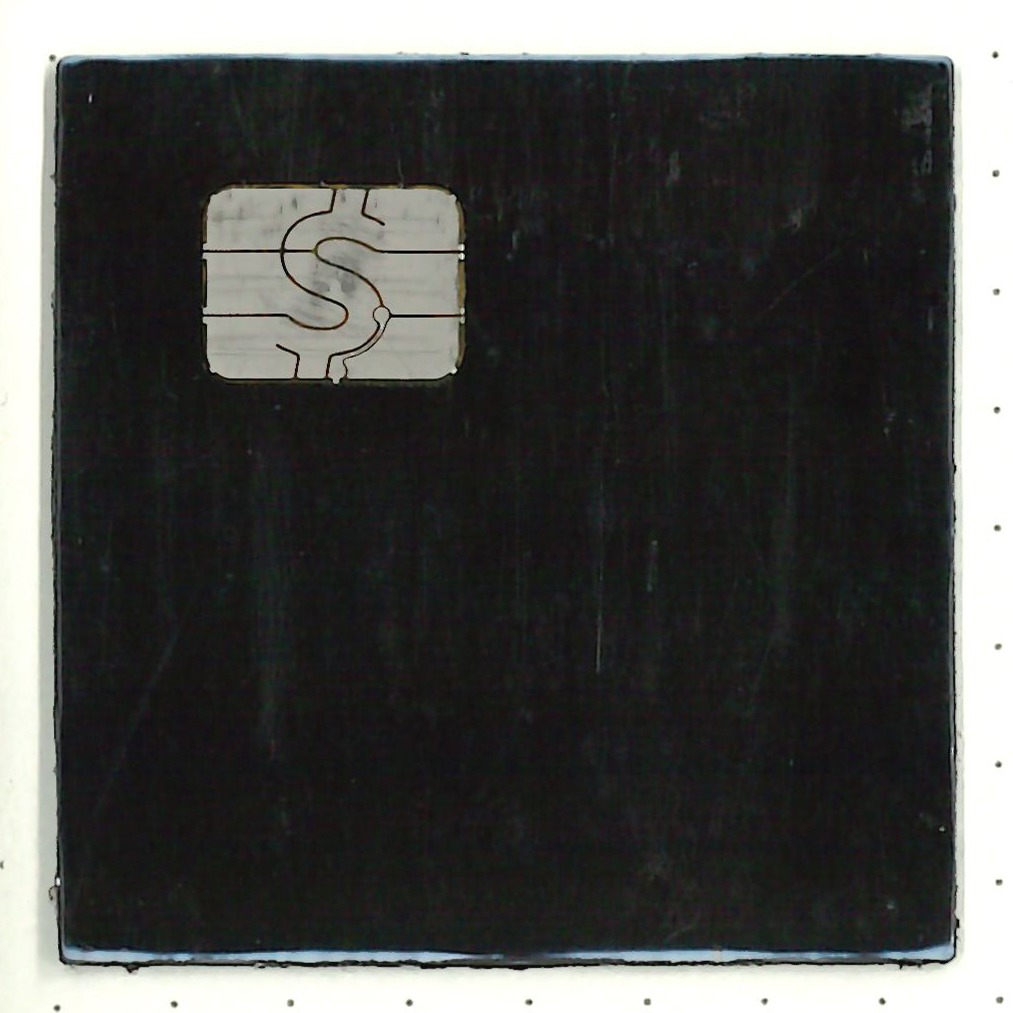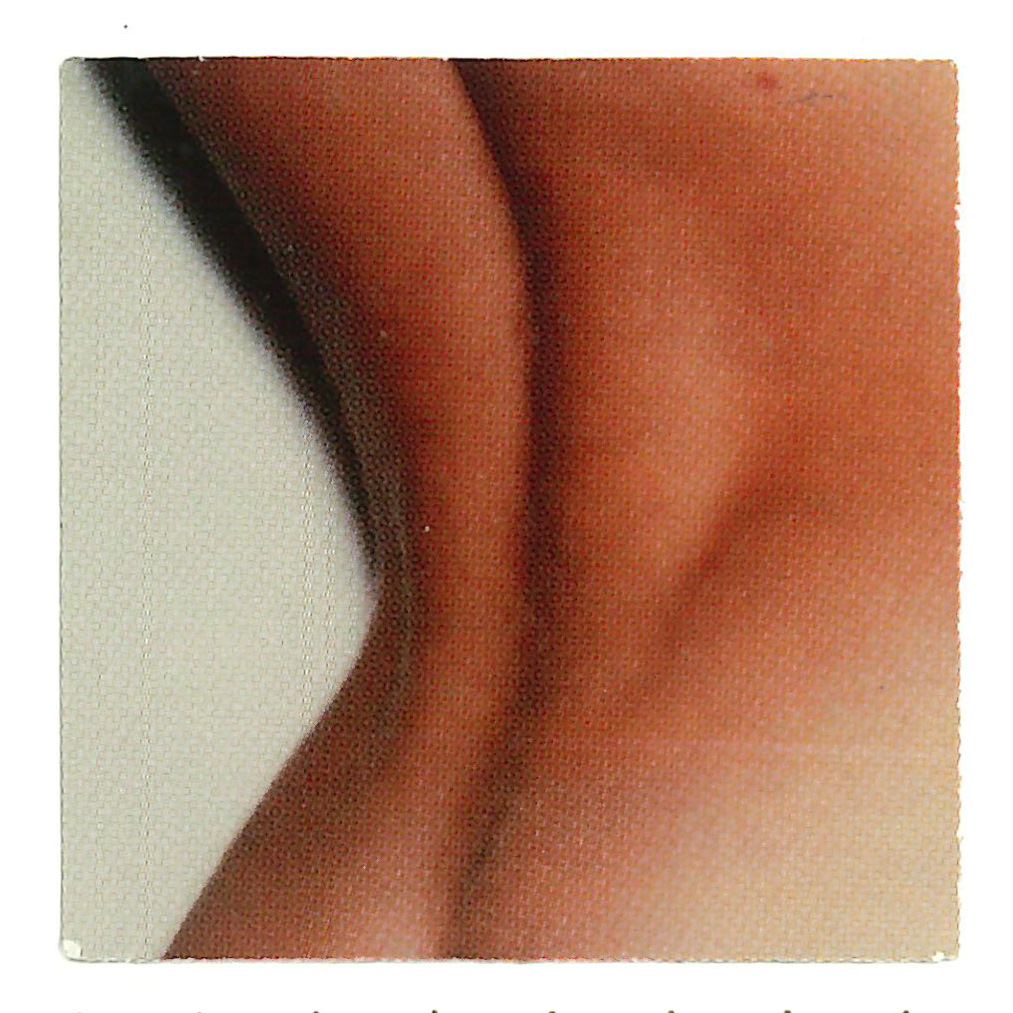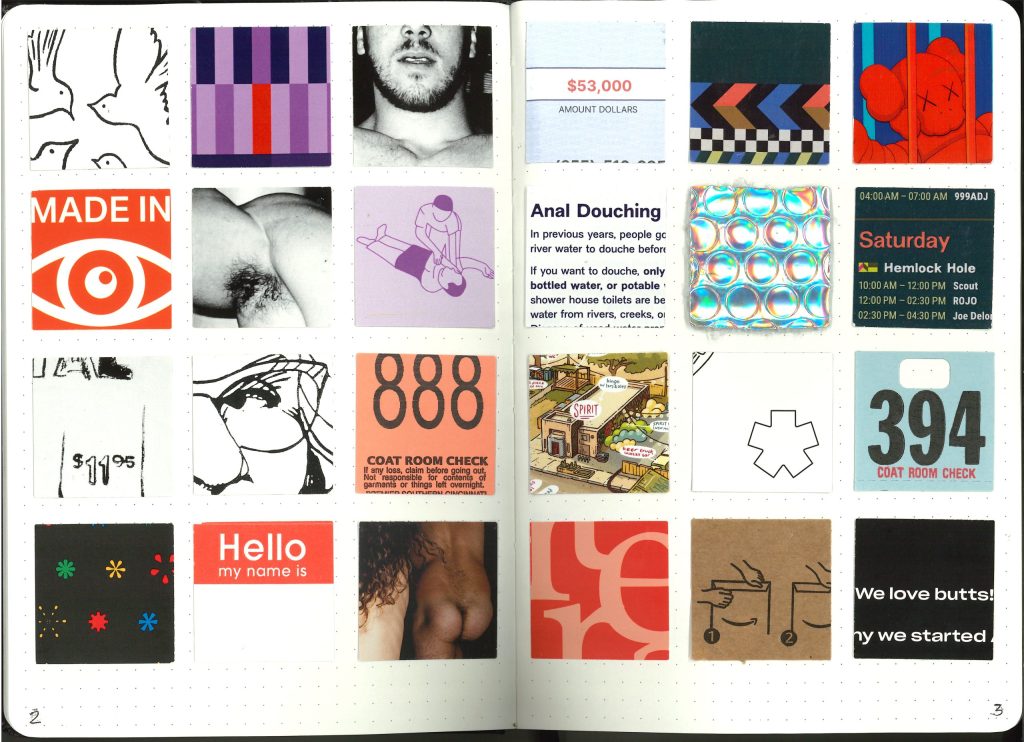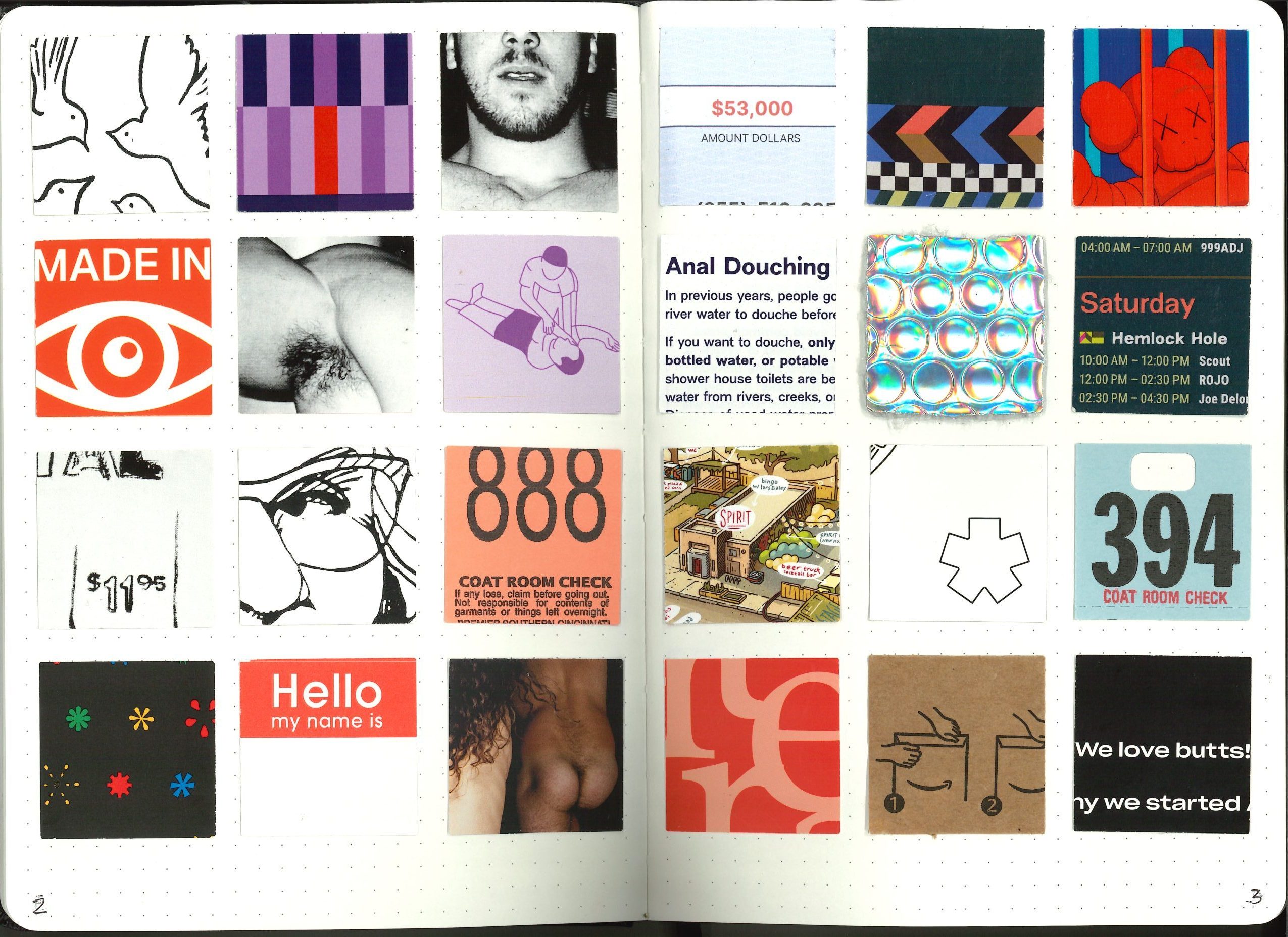The Figment Index is a growing archive of physical and digital figments — the small, fleeting proofs of experience that might otherwise be lost to time. Each figment is fragile on its own, but together they form a record of presence: proof that something once happened, that something once mattered.



Why gather figments at all?
Because memory is not made only of milestones. Life is carried in the overlooked traces — the ticket stub, the torn package, the scrap of handwriting. These fragments rarely survive, yet they hold the texture of how we move through the world. By collecting them, The Figment Index honors what is usually discarded, insisting that even the smallest remnant can carry meaning beyond its scale.
The word figment is usually associated with imagination, but here it captures a duality: each figment is both real and elusive, at once evidence and suggestion. They are not whole objects or complete stories, but partial, open, and interpretive — fragments that point toward lives, encounters, and moments that can never be fully reassembled.

When is The Index complete?
The Figment Index is not a finished collection. Like memory itself, it grows, shifts, and reorders as new figments are added. It does not impose order so much as allow connections to emerge — between one moment and another, between private memory and collective history.
Inspired in part by Andy Warhol’s obsessive documentation of culture — and his vision of becoming a figment himself — the project explores how the ephemeral can be preserved, and how scattered traces might weave into a larger story.
Ultimately, The Figment Index exists to recognize that the fleeting matters. To give presence to what is easily lost. To show that a life is not only measured by milestones, but by figments.
